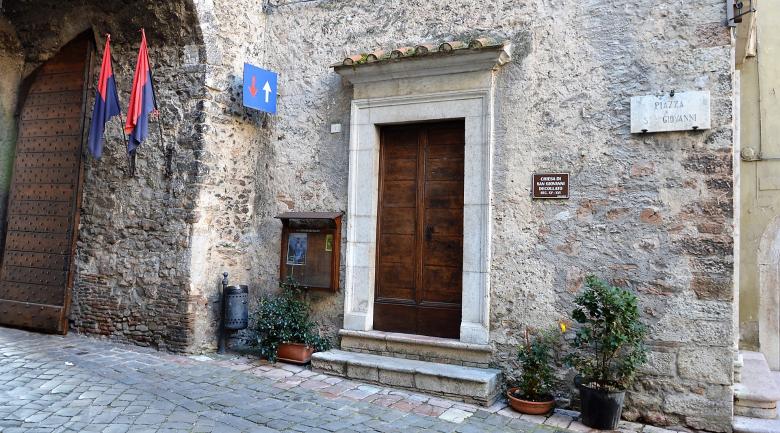The centrally located
piazza della Repubblica, where the forum of the Roman city of
Interamna was located, features
palazzo Spada, seat of the municipality, designed by Antonio da Sangallo, who died in Terni in 1546. Nearby is the older
church of San Salvatore, of early Christian origin, expanded in the 12
th century and also featuring important 13
th century frescoes. Also of note are the Cathedral of Romanesque origin, renovated in the 17th century, the Sant'Alo church (12
th century) and the Saint Francis church, with its famous cycle of
Judgment Day (1450) by Bartolomeo di Tommaso.
In the 14
th century
San Pietro church the Gothic panel of the
Dormitio Virginis can be admired. Of note are the stately residences that embellish the plazas, squares and historical streets of the city, among which the medieval palazzo Mazzancolli, and the 17
th-18
th century residences of Carrara, Manassei, and Gazzoli. In the southwest area of the city you can find the 1
st century
amphitheatre.
Leaving the historical town centre, beyond the Nera river, is the basilica of
Saint Valentine, renovated in 1618 and dedicated to the first bishop and patron of the city.
The town's boundaries are within the Nera river park, which is ideal for all water sports. In the immediate surrounding area you can also enjoy the fascinating beauty of the Marmore waterfall, Piediluco lake and the archaeological park of Carsuale, which preserves the remains of the Roman city along the via Flaminia






























